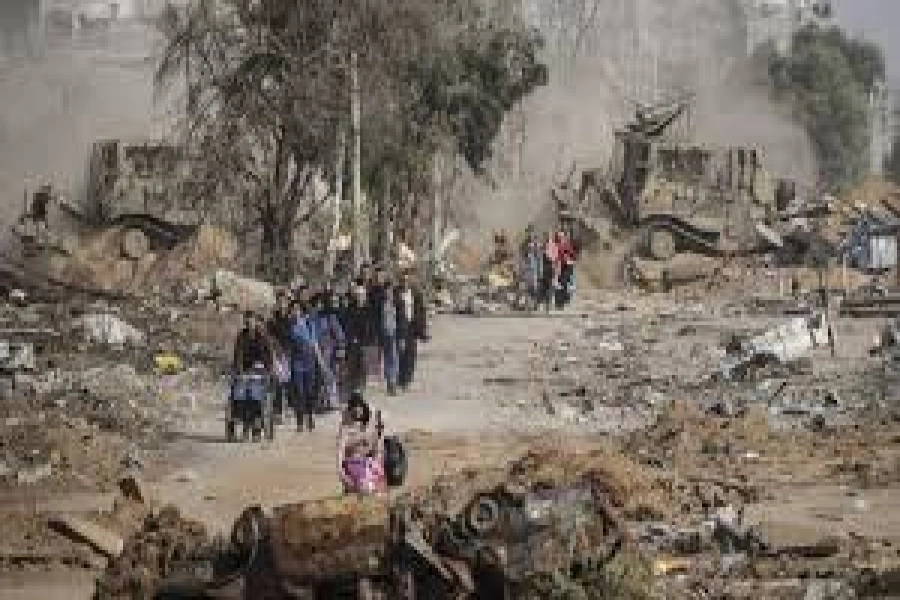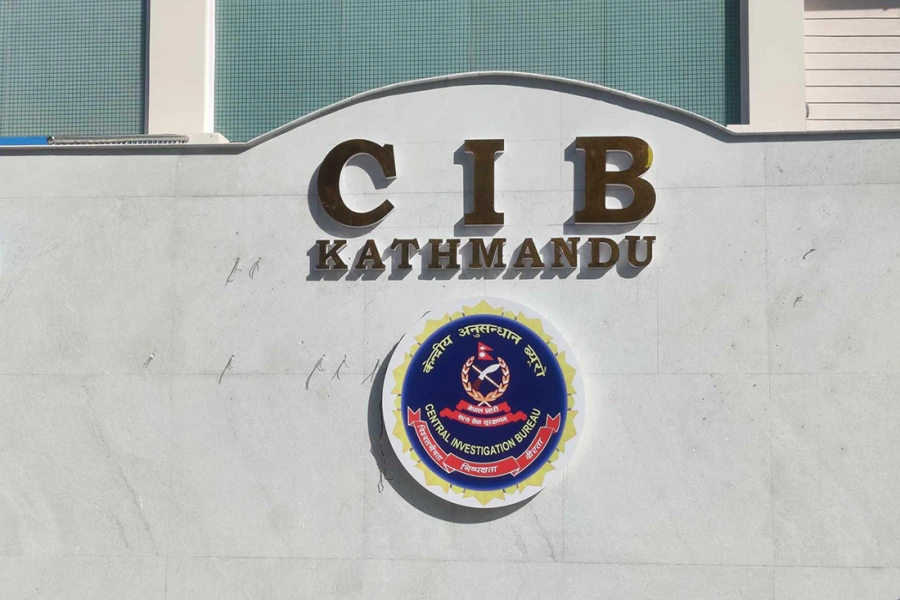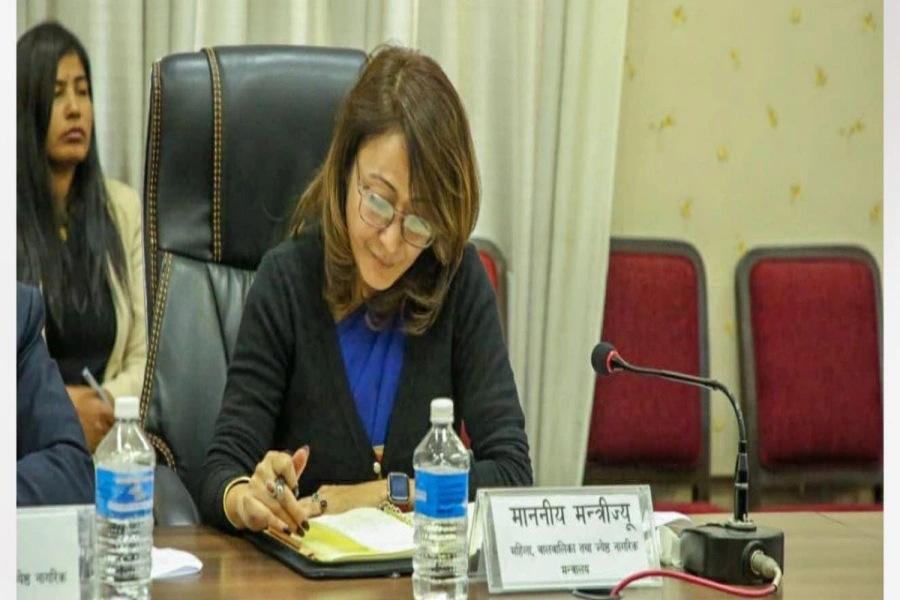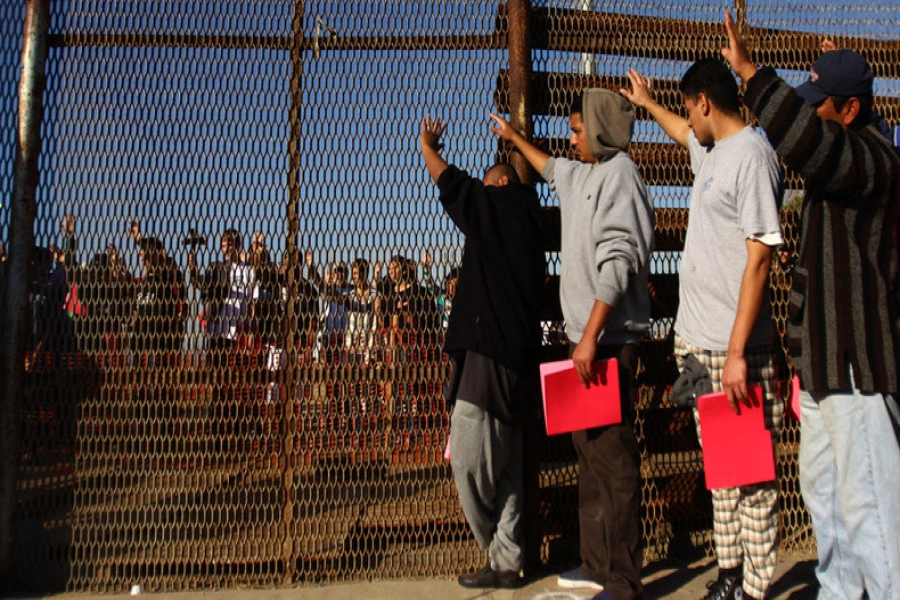According to Human Development Report 1990 “Human Development is a process of enlarging people’s choice.The most critical ones is to lead a long and healthy life, to be educated and to enjoy a decent standard of living.
Additional choices include political freedom, guaranteed Human Rights and self respect.” Before the period of 1990’s Human Development was often considered as a means to achieve other development objectives, it was the in-depth study and analysis conducted by an indian economist, Amartya Sen that gave the domain of human development a broader horizon, and the definition was revised, human development became both a means and ends. “People are the wealth of the nation” then became a buzz slogan in the field of human development.
Human Development places its central objective in extending the choices of people in the realms of economics, culture, education, health and ensuring that every individual has an equal opportunity in maximizing one’s potential without any threat. Like any other area of measurement, Human Development of a given country is calculated using various indicators, of which the prominent three are:
1. Human Development Index:
a. Life Expectancy
b. Literacy (education)
c. Income(PCI)
2. Gender Development Index
3. Gender Empowerment Index
Along with these major indicators, subsidiary tools have also been gaining recognition at present,
1. Multi Dimensional Poverty Index
2. Gender Inequality Index
3. Inequality adjusted Human Development Index
Based on the above presented parameters, each country’s Human Development score is calculated and casted every year by the United Nations Development Program.
It was only last year (2016) that Nepal received a score of 0.55, ranking Nepal as a country with medium Human Development, as impressive as it might sound at the first thought of it, the progress is extremely slow laden with challenges. According to the Human Development Report 2016 Nepal ranks in 144th position among 188 countries that were surveyed in total.
Human Development is the multi dimensional progress of any individual, given our ‘limited attention’ to a well rounded being; we have utterly failed in understanding what Human Development is in the first place. Our surface commitment to Human Development policies is t he prime problem. During the course of campaign, almost every political candidate (party) fluently articulates ambitious policies such as ‘one house one job’, ‘free sports participation for youngsters’ but as the results of the election thaw and the elected leaders hold office, major political negotiations are given priority, the life span of the political party being so short in our country, addressing or even considering the commitments become a ‘low profile task’.
Imbalanced development is overlooked and the irony stretches out while a bright student of the capital obviously with sufficient economic resource to back up is granted the freedom to opt to think about studying in some Ivy college, a student of the same age in the rural zone still does not have access to course material even just a month before the board exams. We have been at fault to understand who the ‘marginalized’ are? Justifiable inclusion is a burning challenge in our context. Our constitution generously mentions the special privileges to be received by the Dalits, differently able, other marginalized faction but the truth is that their share in the mainstream is limited.
A big question mark lies in store for our education system. Not only is our overall education system theoretical, offering a marginal space in the market but new subjects are underrepresented making it extremely challenging for students to pursue the subject that meets their interest. Malnourished civic education has further decelerated the prospects of human development. Political, socio-economic rights cannot be exercised until they are well understood; the institutionalization of a bulky number of fundamental rights in the constitution does not amount to much if a large portion of the society has no idea of social security right, consumer right, labor right. Finding solutions to mitigate challenges and accelerate growth is an urgent call for Nepal.
Human Development is an inter-connected and inter-dependent term that cannot exist in vacuum. It has prerequisites, conditions that would make it favorable for human potential to get unleashed. A concrete plan should be both drafted and sincerely executed with the collaboration of state and non-state actors. There should be no compromises in distinguishing the actually marginalized from the so called marginalized. We have restricted time, given the competitive global society; we are placed at a vulnerable edge. It is high time that all concerned authorities come to understand that ‘people are the wealth of nations.’
How do we measure human development?

Rajani is a BA graduate from St. Xaviers College, Kathmandu









_20221219135433.jpg)


_20201014060614.jpg)





















